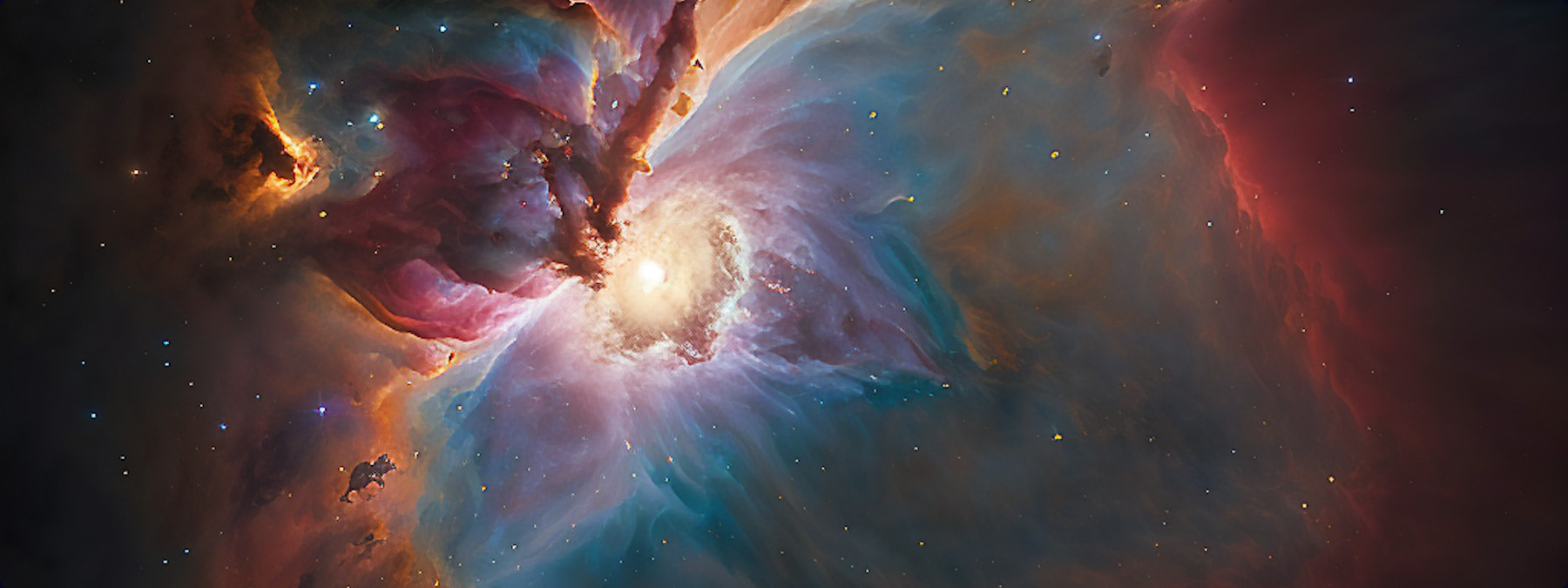RTG-Ion Battery
An RTG, or a Radioisotope Thermoelectric Generator, is a type of nuclear battery that converts the heat generated by a radioactive material into electricity, normally by use of thermocouples. Generally, they generate a low amount of power, and are meant to generate a constant source of energy and heat over a very long period of time, on the order of decades. There are some batteries with significantly shorter lives that can generate much more power, but aren't generally used that often.
An RTG-Ion Battery, is an invention of the Regalti, perfected by the Tissa Corporation, that integrates a particle accelerator that bombards the nuclear material, either speeding up the decay and releasing much more alpha particles and therefore much more energy, or rebuilding the decaying material, which recharges the battery. The specific process depends on the type of particle being used.
An RTG-Ion Battery, is an invention of the Regalti, perfected by the Tissa Corporation, that integrates a particle accelerator that bombards the nuclear material, either speeding up the decay and releasing much more alpha particles and therefore much more energy, or rebuilding the decaying material, which recharges the battery. The specific process depends on the type of particle being used.
Human knowledge on RTGs: Wikipedia
Author's Note
 Example of an RTG design
Example of an RTG design
I recommend reading the above wikipedia article for an idea of what RTG's are, but after this point, this article quickly becomes science fiction again. Possibly plausible, but still fiction. Also, this article goes way out in the boonies with some math, which I apologize for...

Cutdrawing of an GPHS-RTG by NASA



Oh, this is a delightful take on an RTG merged into a fictional world! The quotes are a nice addition and... to be fair... I rather enjoyed the 'out in the boonies' math. :D Well done!